Berlin‘s sights are many and varied, there is so much to see and do, it’s all about being organized and knowing what exactly you want to visit. From places of worship, to palaces, parks and gardens; from the modern architecture and bustle of Potsdamer Platz, to the many memorial sites that recall its turbulent past, Berlin is a city that has embraced its history, revived, and now moves forward as a vibrant and exciting city.

The best time to visit Berlin is May-October, when some of the biggest festivals, fashion shows, concerts and open-air parties take place, and December, when the Christmas market is held.
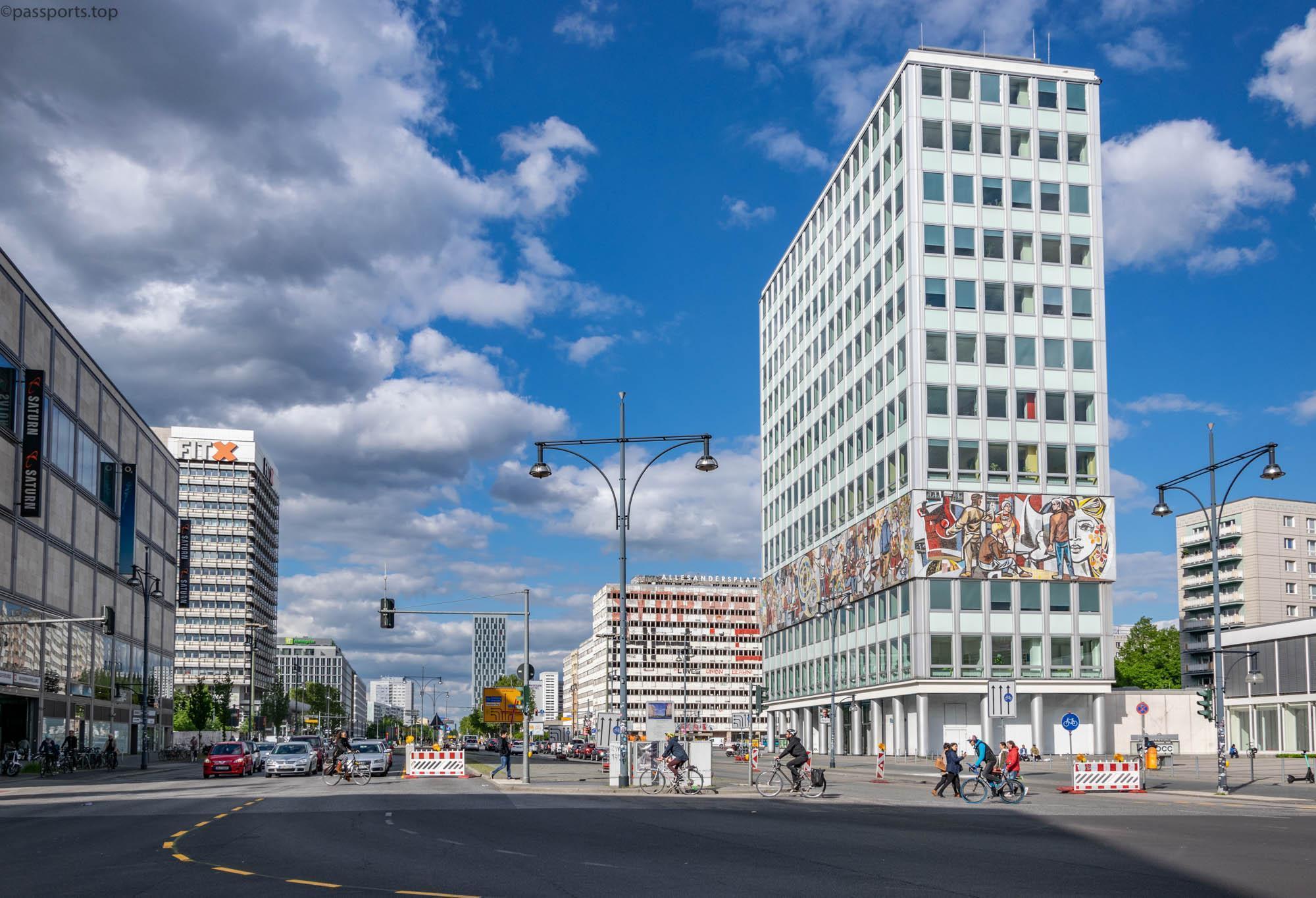
Find the calendar and annual list of events here. If you have more time to visit the city, you can opt for the Berlin Welcome Card (48h – €89/person, 72h – €109/person, 4 days – €129/person, 5 days – €149/person or 6 days – €169/person), which offers free entry to 30 tourist attractions, free public transport, free boat rides or hop-on hop-off bus tour and many other discounts.
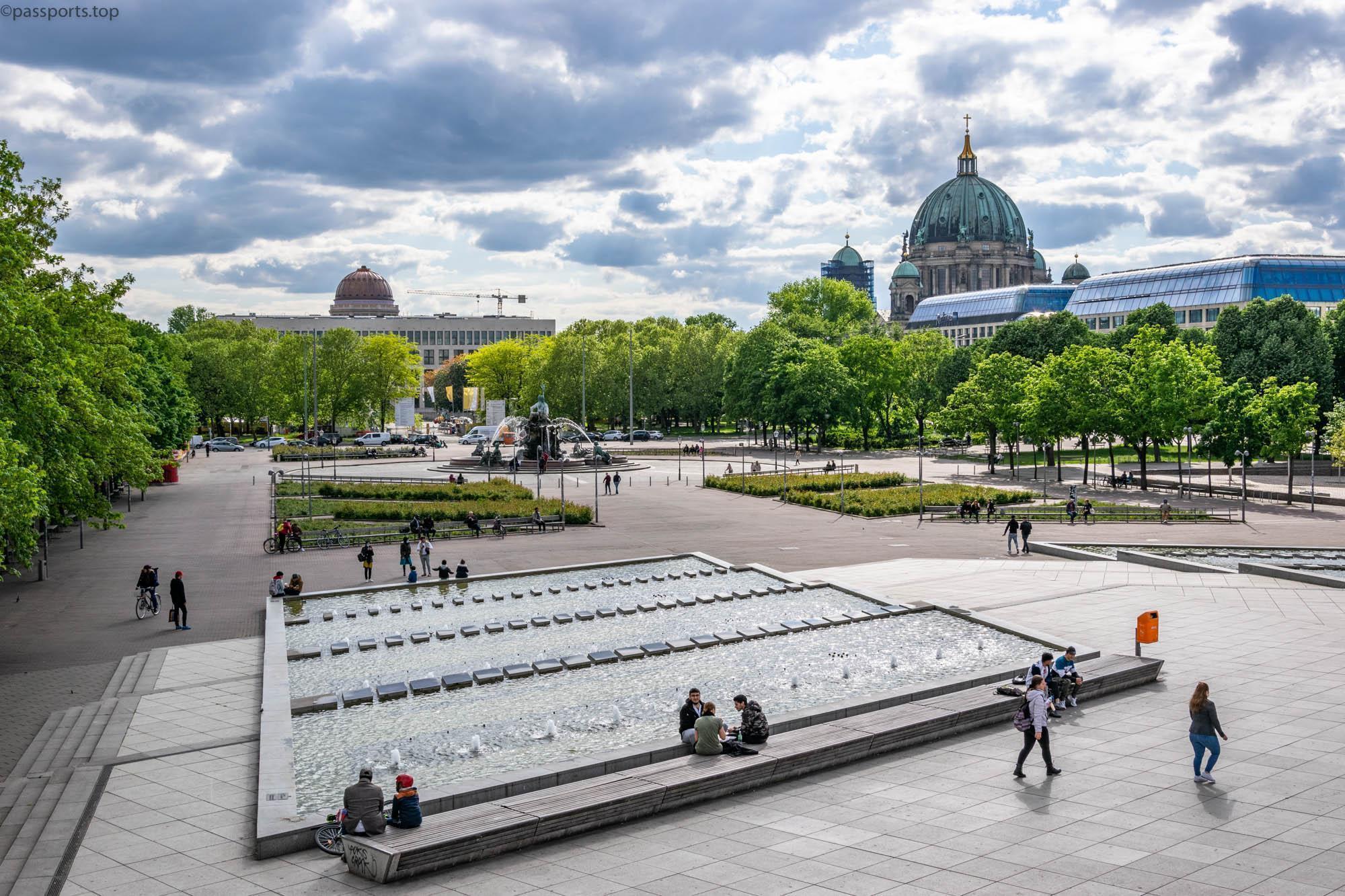
We have made an interesting list of the main tourist attractions, which we hope can inspire you on your next holiday in Berlin. Being a perfect destination for a city break, 2 or 3 days are enough to tick off the most important attractions.

1. The Brandenburg Gate (Brandenburger Tor) is perhaps the most famous tourist attraction in Berlin. The monument was erected between 1788 and 1791 at the request of Frederick Wilhelm II of Prussia as a symbol of peace. It was an important setting for the history of the divided country and divided Berlin, and on November 9, 1989, when the Berlin Wall fell, the Brandenburg Gate appeared on television screens around the world, with over 100,000 people gathering here and celebrating the reunification of Germany.

2. Near the Brandenburg Gate is the Memorial to the Murdered Jews of Europe represented by 2711 concrete blocks of different heights. Beneath the memorial is an underground gallery, a network of rooms where information about the victims of the holocaust is provided.

3. Another landmark is the Reichstag, the meeting place of the German parliament. The neo-baroque building dates from 1894, and in 1933 it was damaged in a fire. After the fall of the wall, the building was completely restored, and today, the roof terrace and dome can be visited by tourists. Entry is free, but you must register in advance on the official website.
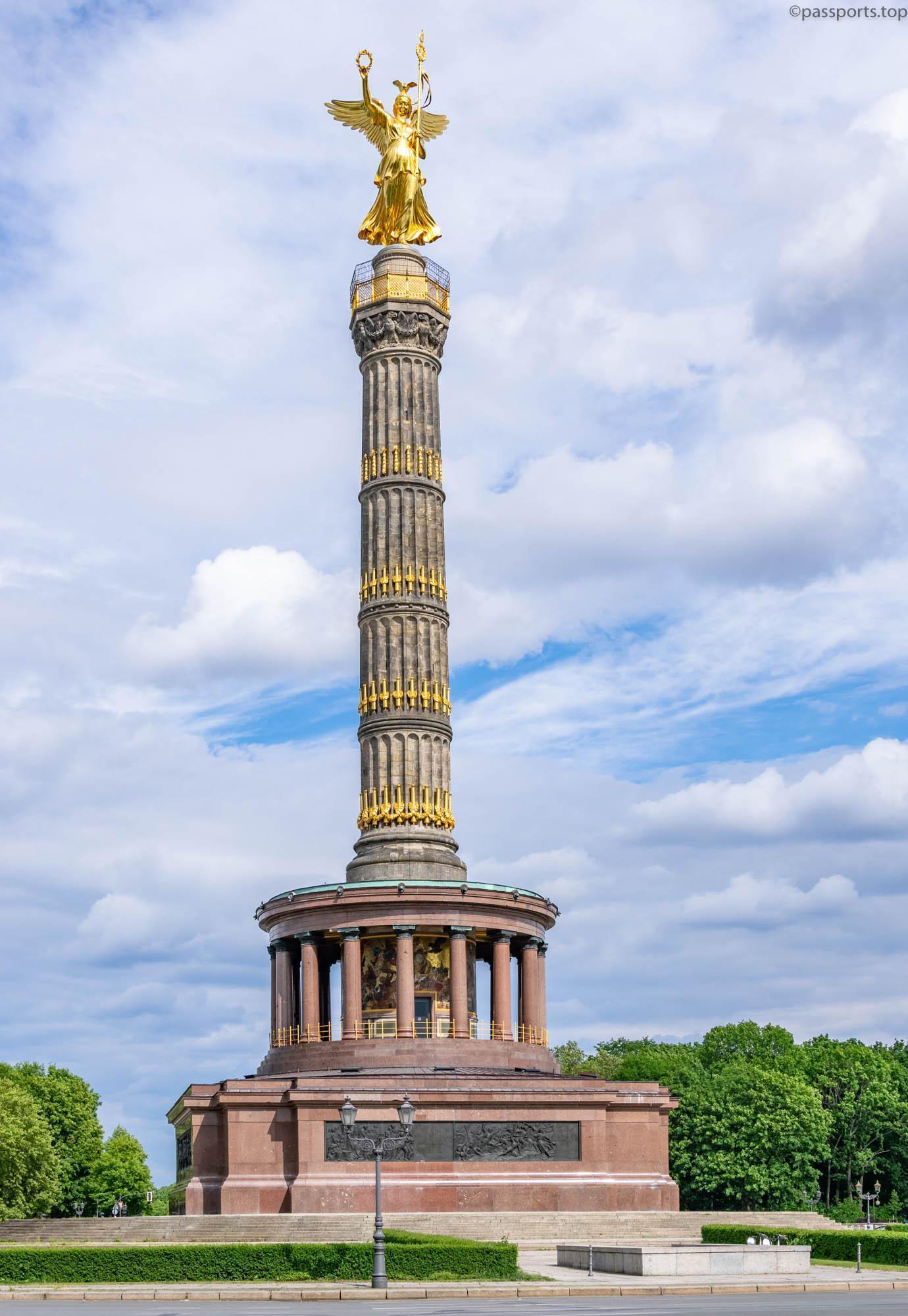
4. The Victory Column (Siegessäule) was erected in 1864, after Denmark’s defeat in the Danish-Prussian War. Later, after other important victories against Austria and France, the sculpture of the goddess of victory, 8.3 meters high and weighing 35 tons, was added to the top. You can reach the top of the column (fee: €3/person) by climbing 285 steps, where a wonderful view of Bellevue Palace and Berlin’s largest park, the Tiergarten, awaits you.
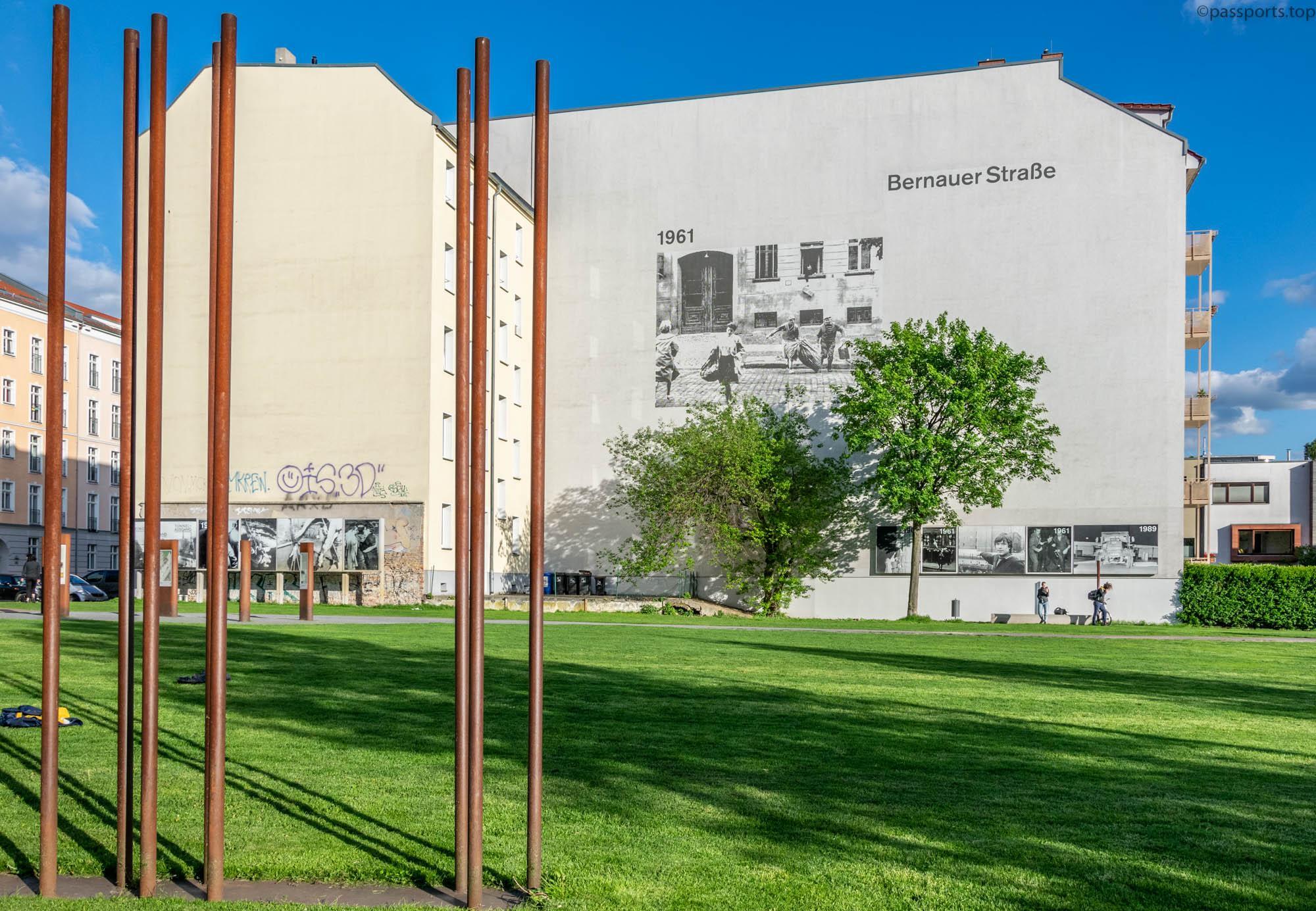
5. The Berlin Wall Memorial (Gedenkstätte Berliner Mauer) in Bernauer Straße features some of the most memorable images from the early days of the wall. A length of 70 meters of the wall and a watch tower have been preserved in this place. The entire section is closed as a permanent memorial to those who lost their lives trying to cross from east to west between 1961 and 1989.

6. Checkpoint Charlie is the legendary border crossing between East and West Berlin. The checkpoint was not only an important site of the Cold War, but witnessed numerous escape attempts from East Berlin. An outdoor exhibition at the corner of Schützenstraße and Zimmerstraße tells the story of those who failed and those who succeeded.

7. Not far from Checkpoint Charlie is the Weltballon – a hot air balloon that lifts you up to a height of 150 meters to admire the center of Berlin. The price of a trip is €25/person and takes 15 minutes.
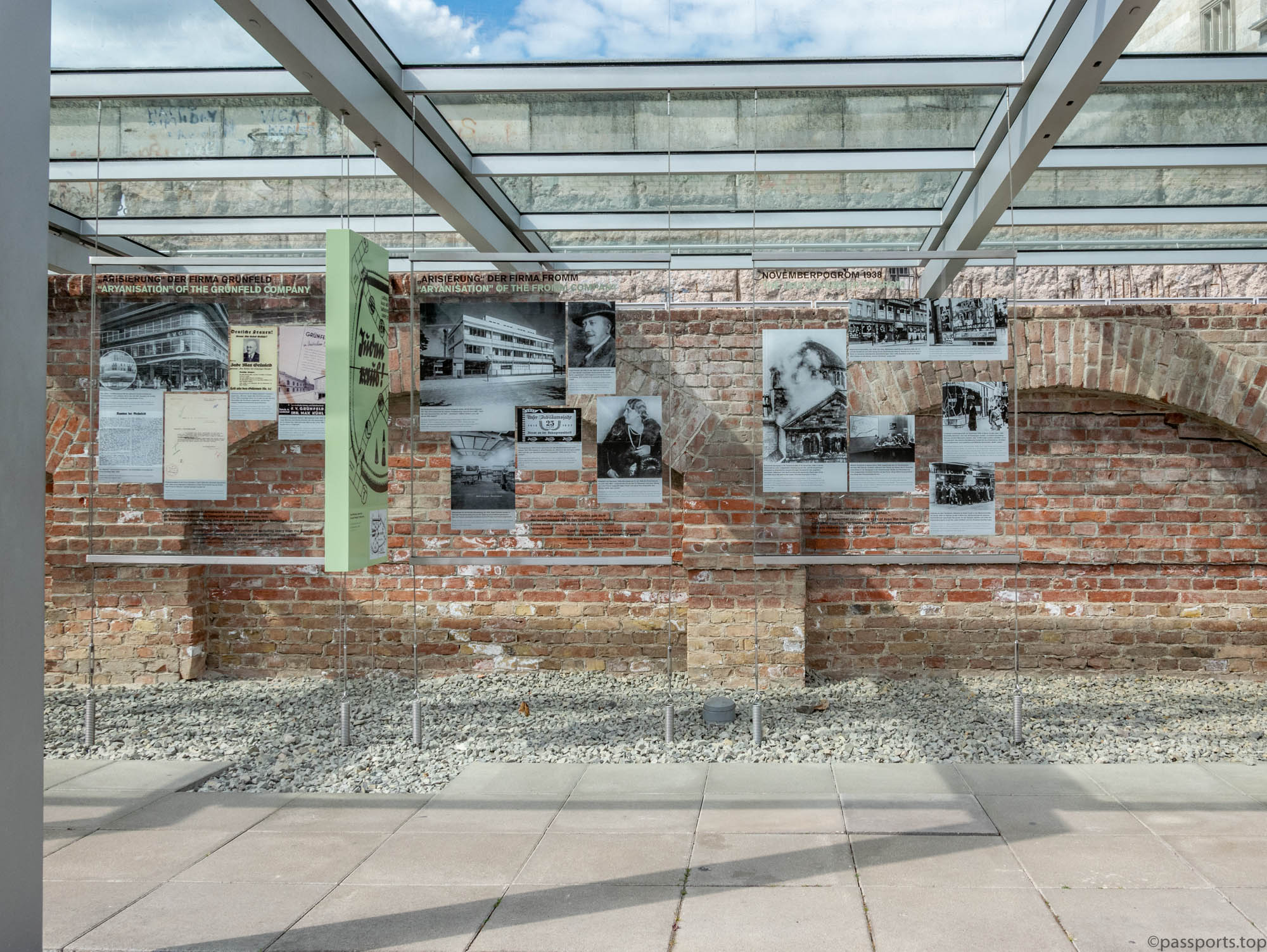
8. The Topography of Terror is a documentation center and one of the most visited memorial points in Berlin, a reminder of the turbulent history. The museum is located on the site where the main buildings of Nazi persecution and terror were located between 1933 and 1945 (the headquarters of the Gestapo – the high command and security service of the SS, and from 1939, the main security office of the Reich). The permanent exhibitions present the country’s history from the time the Nazis came to power until the end of the war. On the Topography of Terror website you can find more information, as well as an application for the exhibition tour.
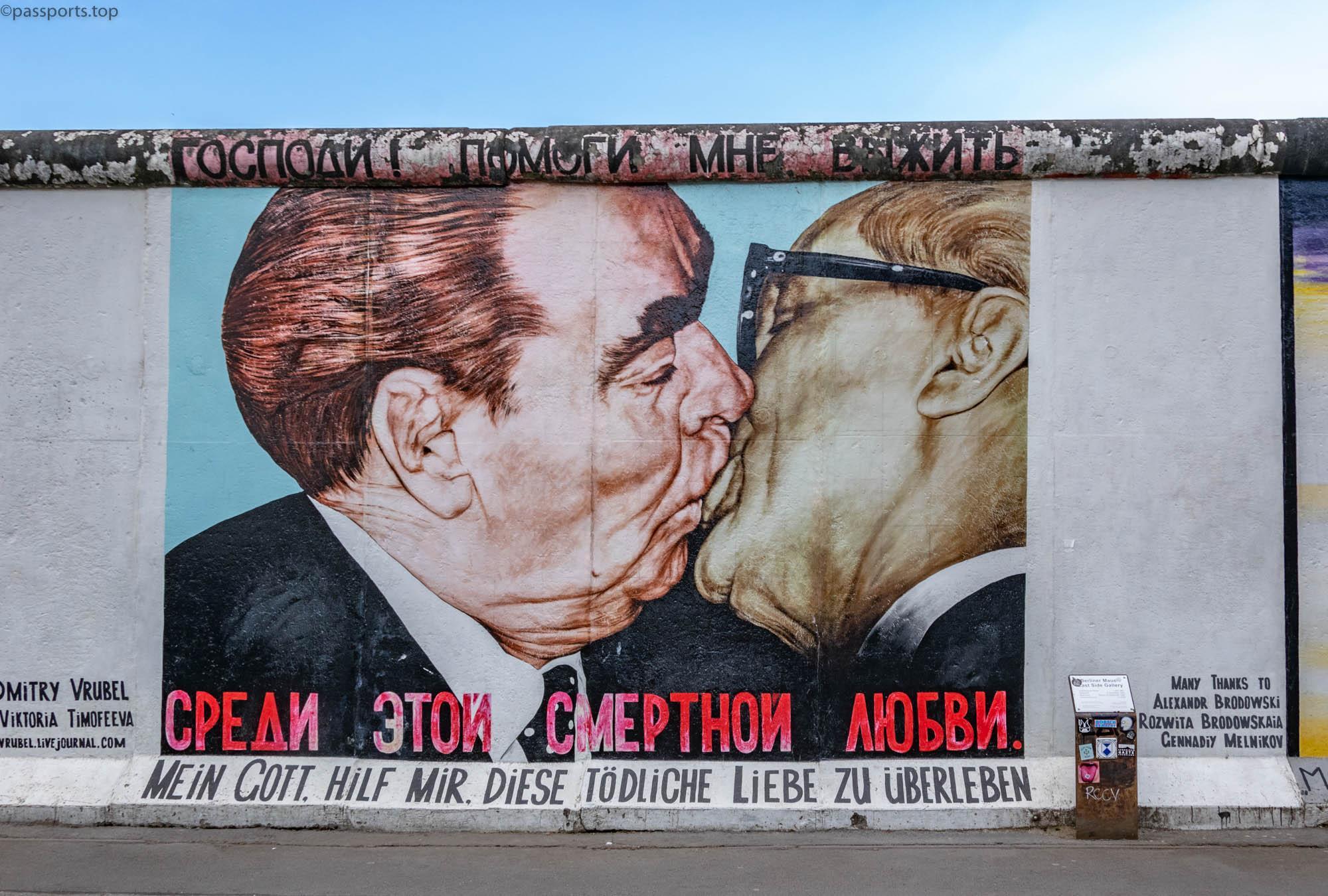
9. You can’t get to Berlin without taking a stroll past the East Side Gallery and admiring the world’s longest open-air art gallery (1.3 km). Every patch of the wall has been adorned with murals that are constantly being replaced and updated. The oldest picture was painted in 1990 and shows the leader of the GDR (Erich Honecker) and the general secretary of the Communist Party (Leonid Brezhnev) kissing.

10. Potsdamer Platz was a huge, empty, gray space through the center of which the Berlin Wall was once built. Today, it is hard to imagine that it has turned into a futuristic business district in the heart of the city, flanked by restaurants, shopping centers, theaters and cinemas.
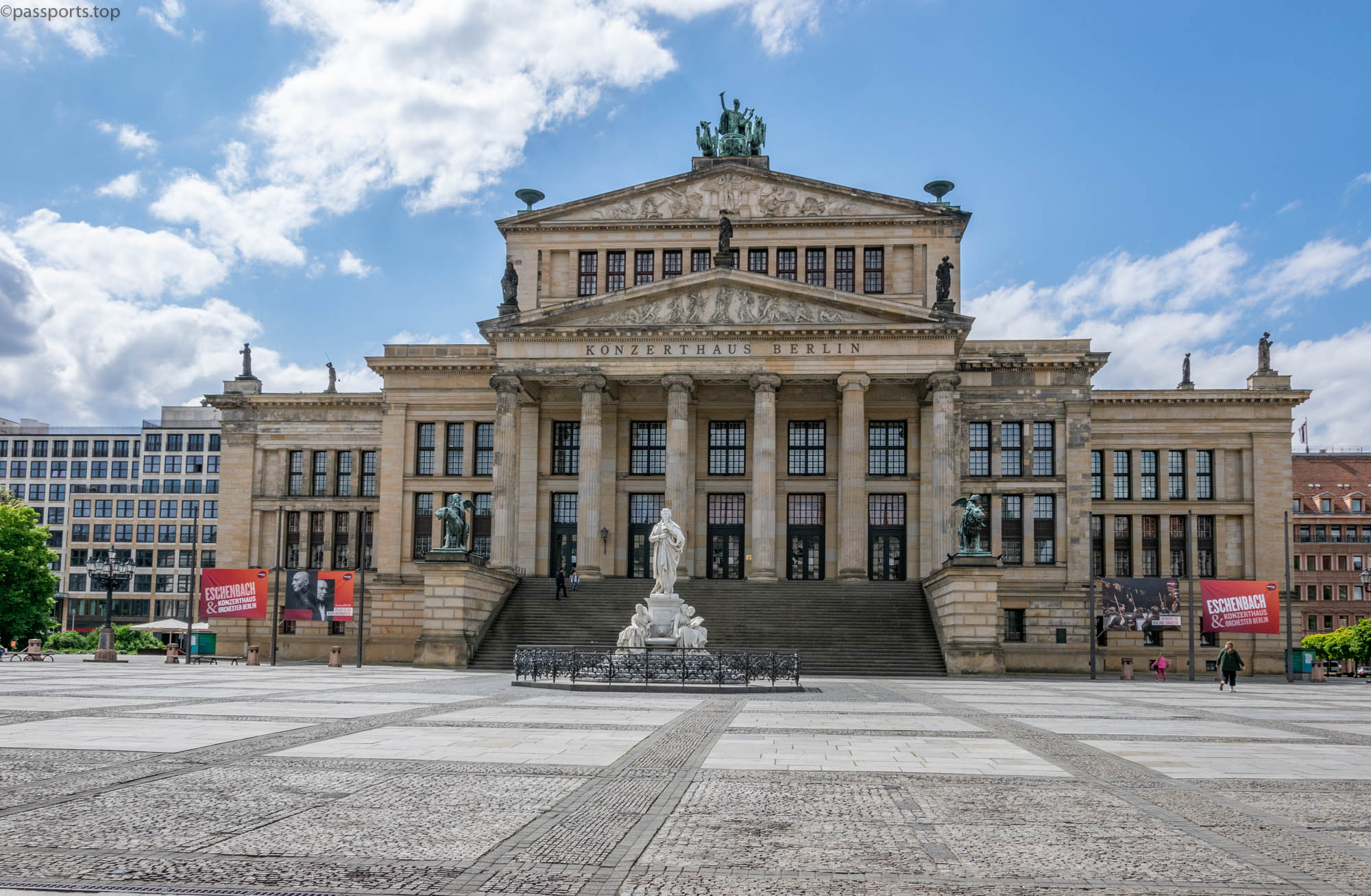
11. The Great Concert Hall (Konzerthaus) functioned as a theater until World War II, when it was bombed. After the building was rebuilt, it was turned into a concert hall and the “home” of the Berlin Symphony Orchestra.
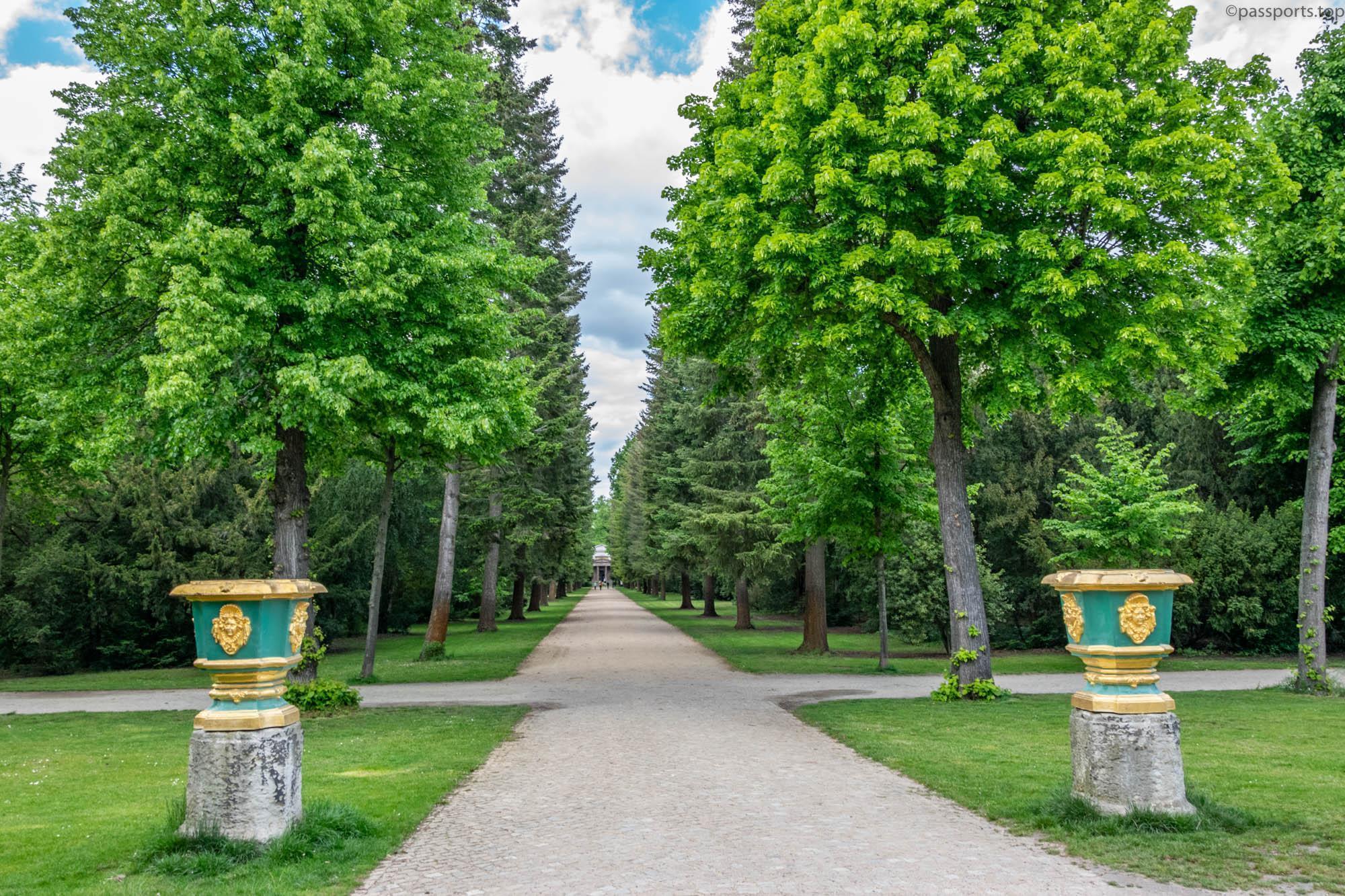
12. Charlottenburg Palace is an imposing building that recalls the glorious period of the Prussian monarchy. Originally built as a modest summer residence, it later became a vast architectural complex with a huge English-style park.
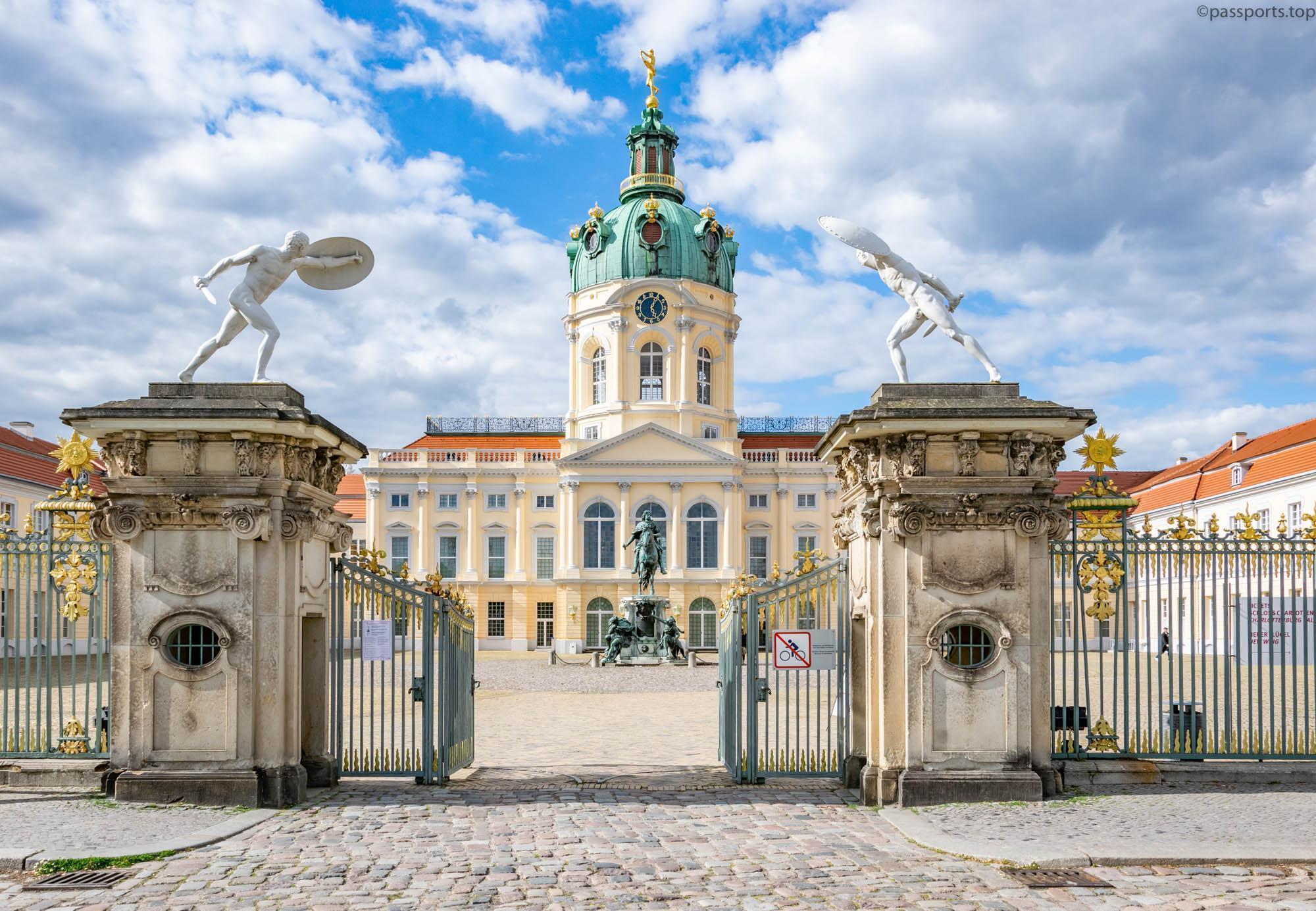
Behind the iron gates is the Court of Honor, with the equestrian statue of Friedrich Wilhelm, made in the baroque style. The Old Palace (Altes Schloss) houses the apartment of Friedrich I and his wife, as well as valuable works of art and portraits of members of the royal family. The Ninth Wing of the palace contains the Golden Gallery (Goldene Gallerie), the Gallery of Romanticism (Galerie der Romantik) and other apartments and rooms of the monarchs. The price of a ticket is €17/person.
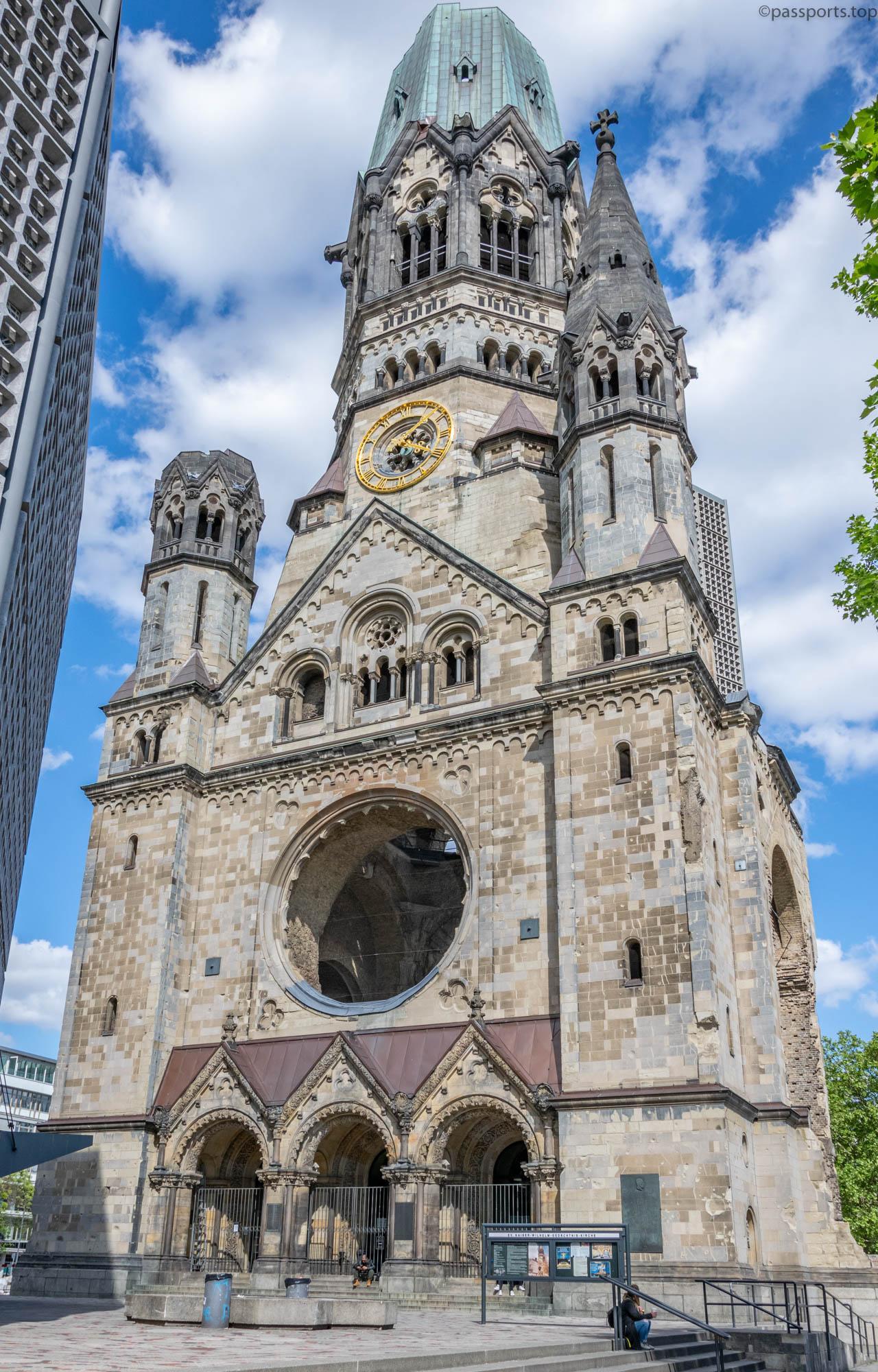
13. The Kaiser Wilhelm Memorial Church was built in the 1890s in the neo-Romanesque style and was badly damaged by a bombing in 1943. The building was not rebuilt, but a new church was designed near the ruins that became the memorial.
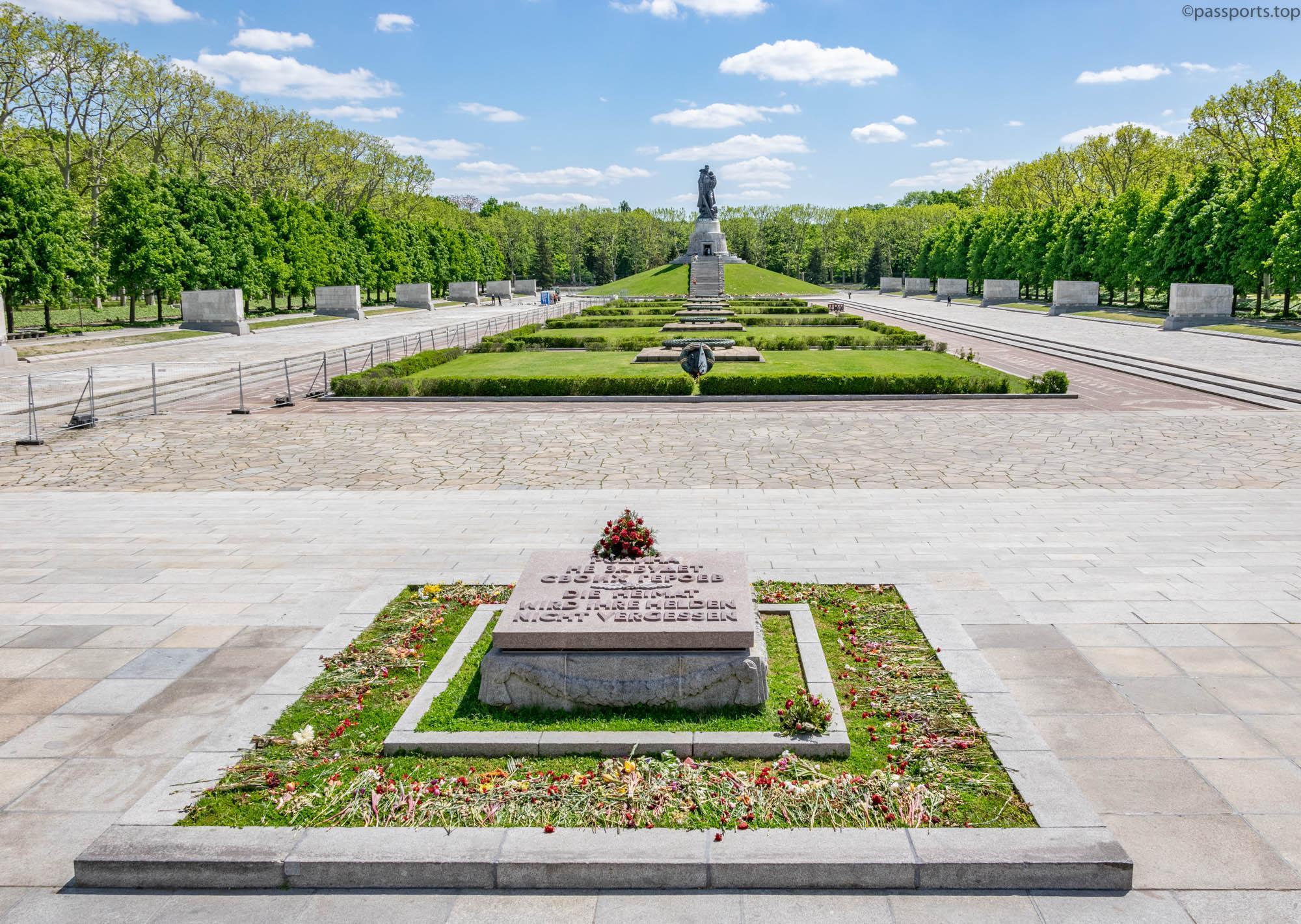
14. Treptower Park was laid out in the English style in 1884 and covers 84 hectares. Immediately after the war, a huge monument was built for the 80,000 Soviet soldiers who died in the Battle of Berlin and a 12-meter statue of a Soviet soldier holding a German child.
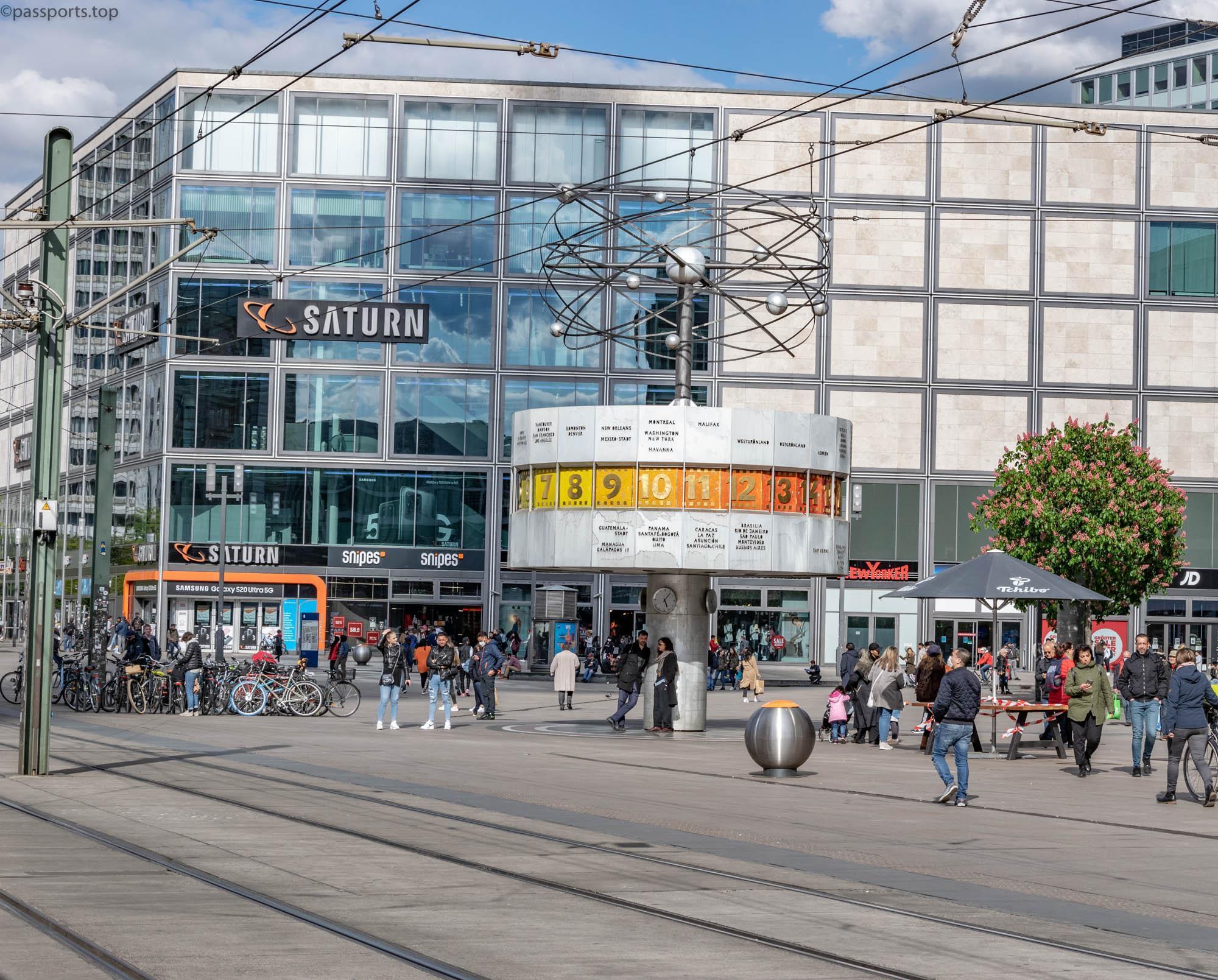
15. Alexanderplatz is one of the most dynamic corners of Berlin and the largest square in Germany. Named after Tsar Alexander I, who visited the Prussian capital in 1805, most people simply call her “Alex”. It has many tourist attractions within walking distance, making it the ideal starting point for a city tour.

16. The Dom is the most important Protestant church in Berlin. The cathedral suffered major damage in World War II, but the building never collapsed. The crypt inside is the resting place for the House of Hohenzollern which included the kings of Prussia and German emperors.
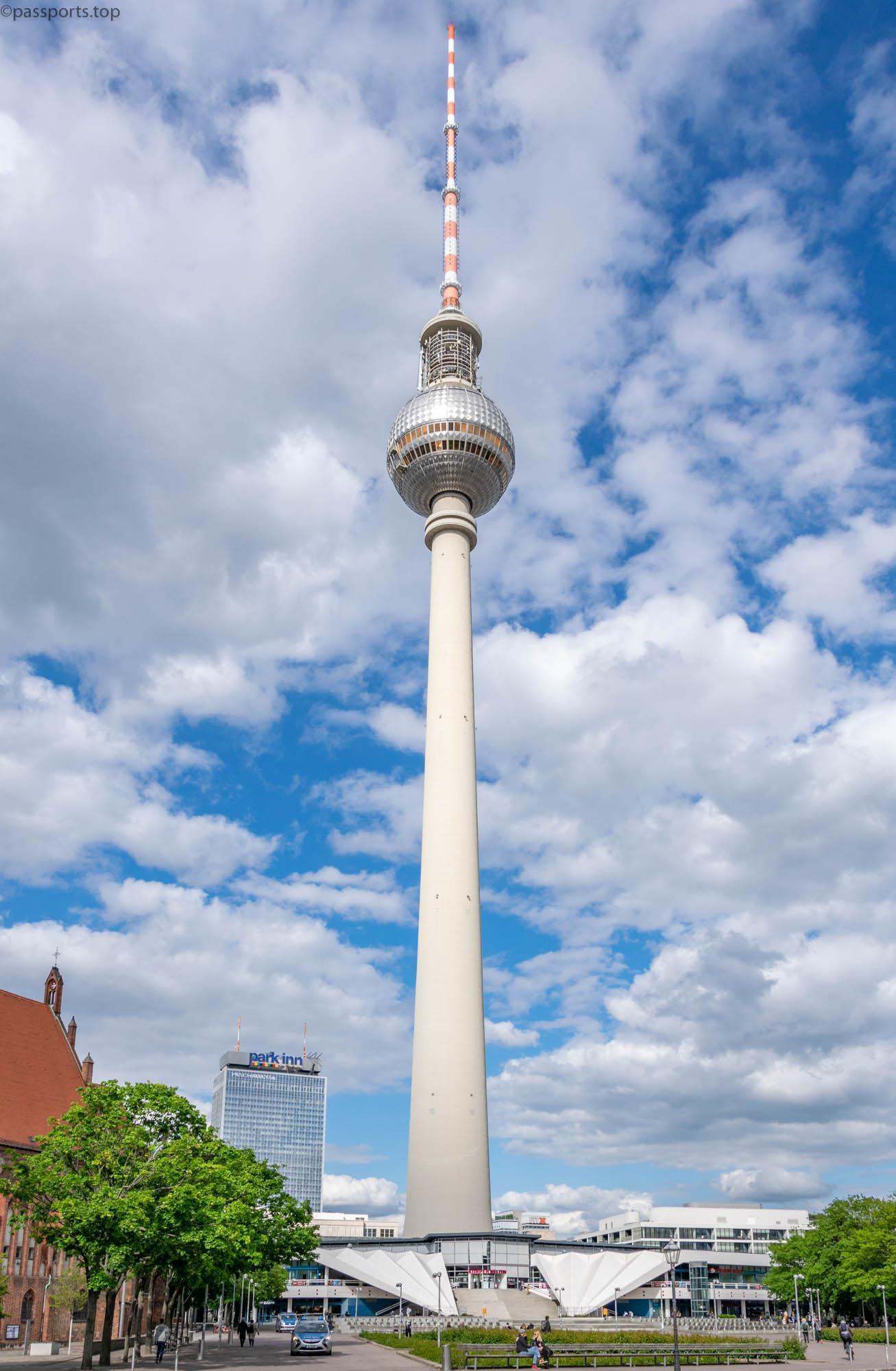
17. The television tower (Berliner Fernsehturm) was erected in the late 1960s near Alexanderplatz, designed as a symbol of communist power in East Berlin. It is the second tallest structure in Europe and a landmark for Berlin, along with the Brandenburg Gate and the Reichstag.

The observation platform at 203 meters high offers a unique 360-degree panoramic view of the city. The price of a ticket is €22.5/person (fast-track entry) or 17.5€/person (waiting time to board may differ depending on the number of visitors).
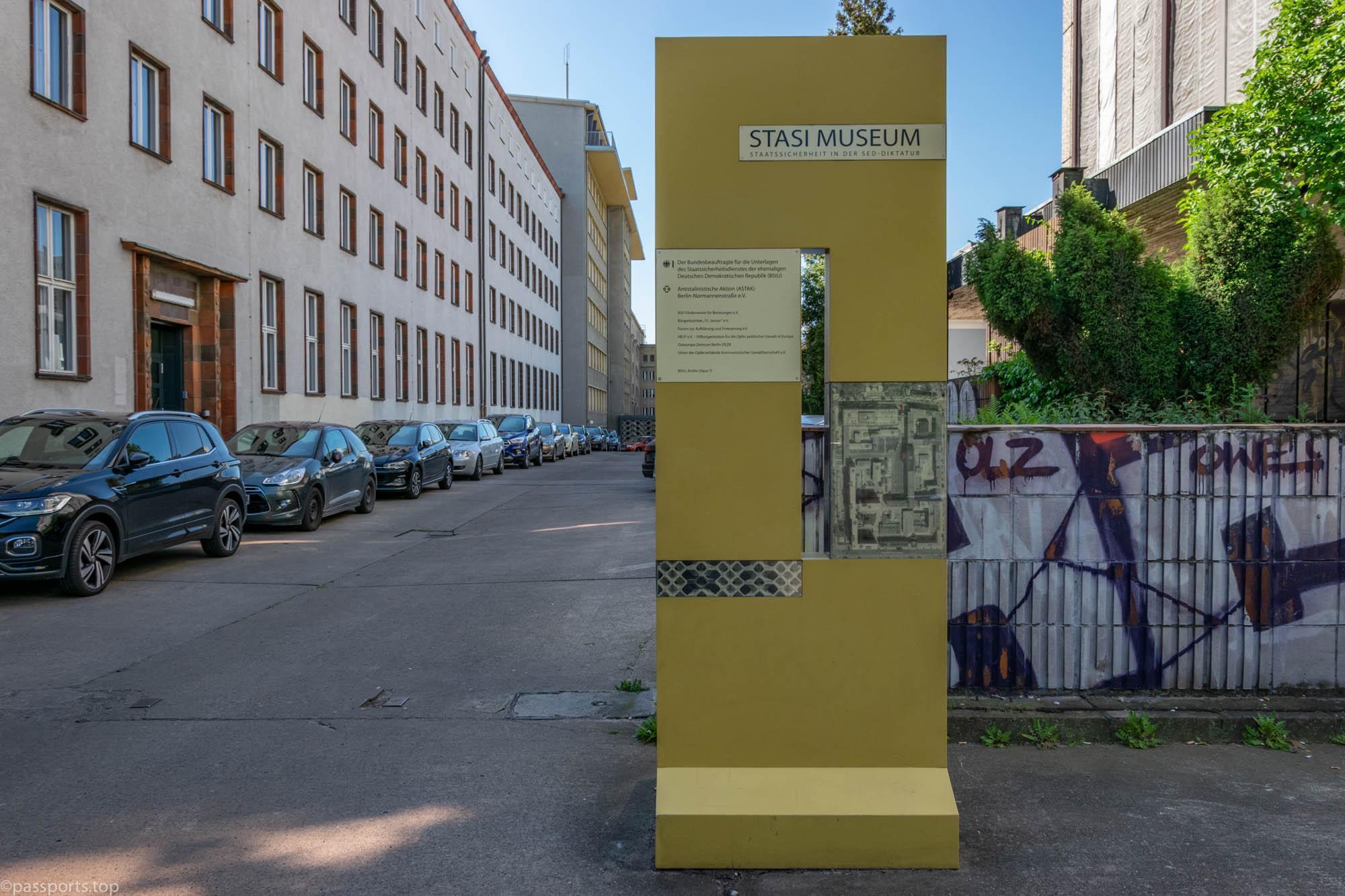
18. The Stasi Museum is housed in the building where the State Security Service for the GDR operated. The museum presents the technology used by the Stasi to monitor and spy on the state and citizens, such as bugs, surveillance cameras or weapons. The main attraction is the office of Erich Mielke, Minister of State Security and head of the Stasi from 1957 until the fall of the Berlin Wall in 1989. The price of a ticket is €8/person.

19. The German Espionage Museum allows you to explore the interesting universe of agents and secret services. Inside are presented secret scripts from antiquity, espionage techniques, covert operations and over 1000 exhibits from different thematic areas. Touch screens allow you to view objects from several angles, and interactive installations attract the little ones and invite them to participate in various actions. The price of a visit is €12/person, and tickets can also be purchased online.
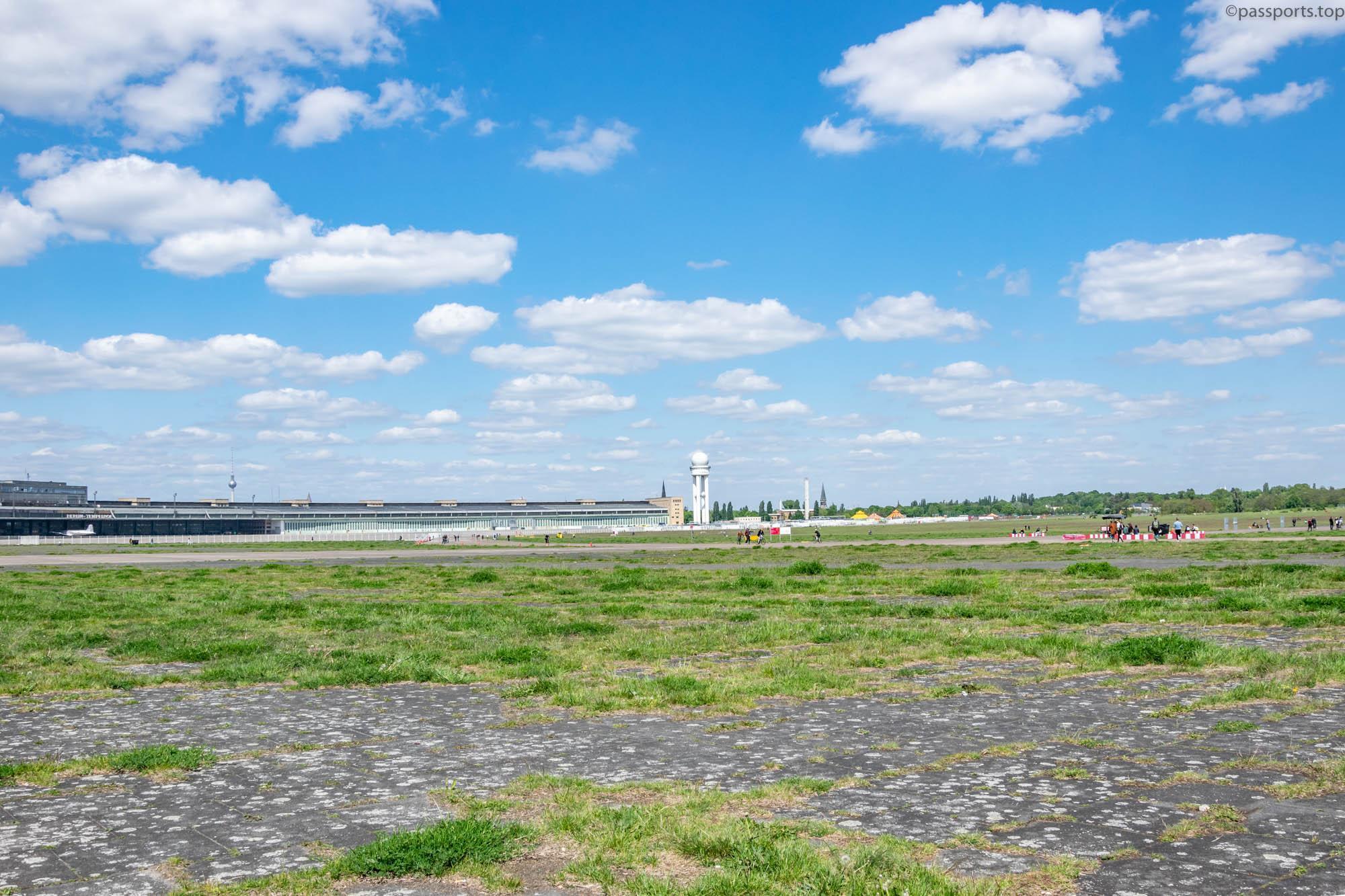
20. Tempelhofer Feld is a former airport, decommissioned in 2008 and turned into a public park. The area of 386 hectares is loved by Berliners who want to retreat for a few hours from the hustle and bustle of the city. You can learn more about the history of the airport and Berlin on a guided tour of the building.
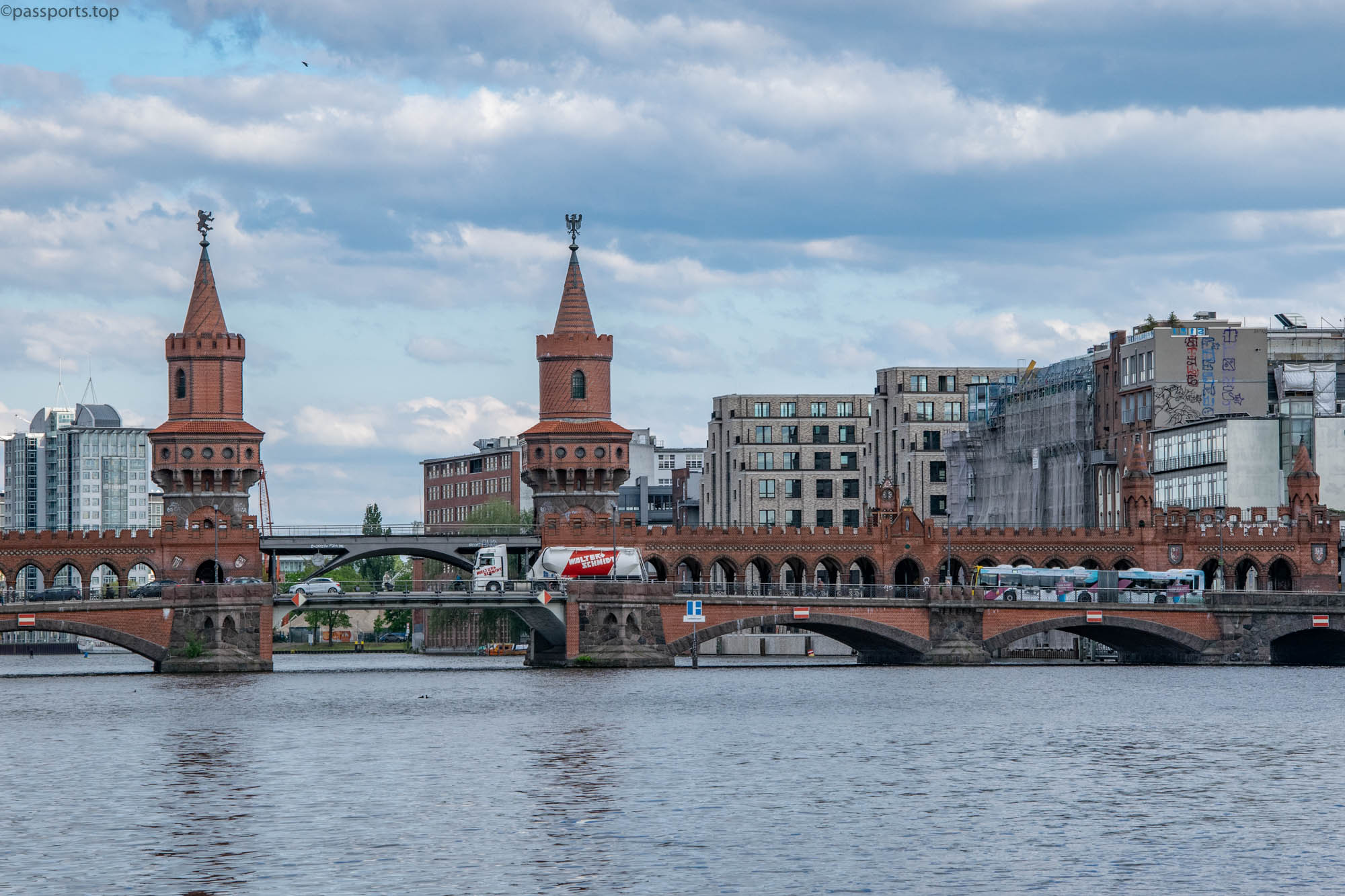
21. Oberbaumbrücke was a pedestrian border crossing while Germany was divided. Since the fall of the Berlin Wall, the Oberbaum Bridge connects the two halves of the Friedrichshain-Kreuzberg district and is a popular spot for photography enthusiasts.
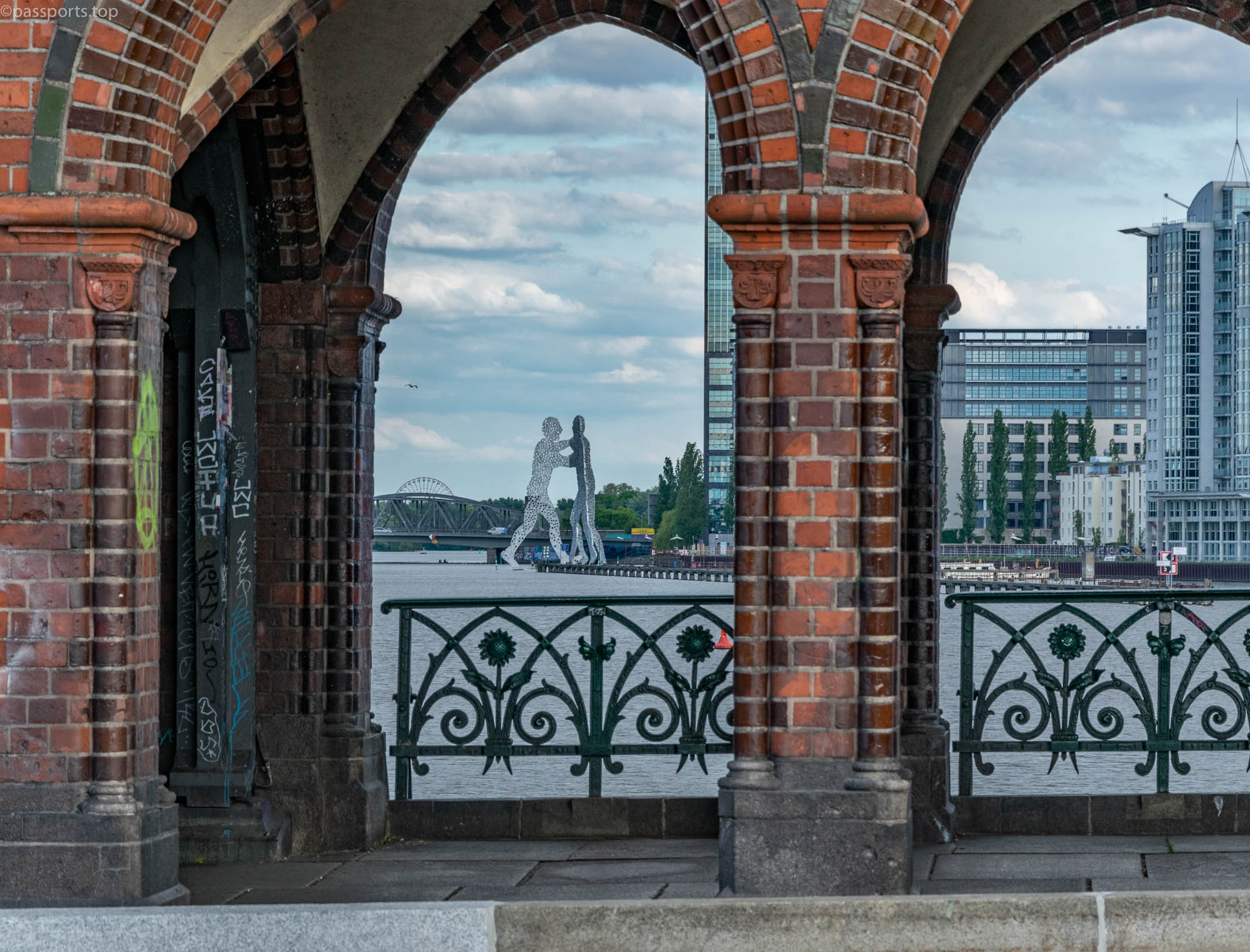
22. The Molecule Men has been standing next to the Oberbaum Bridge since 1999. The thirty-meter high metal sculpture was designed as a symbol of wholeness and unity in the world and represents the intersection of the then three districts: Treptow, Kreuzberg and Friedrichshain.
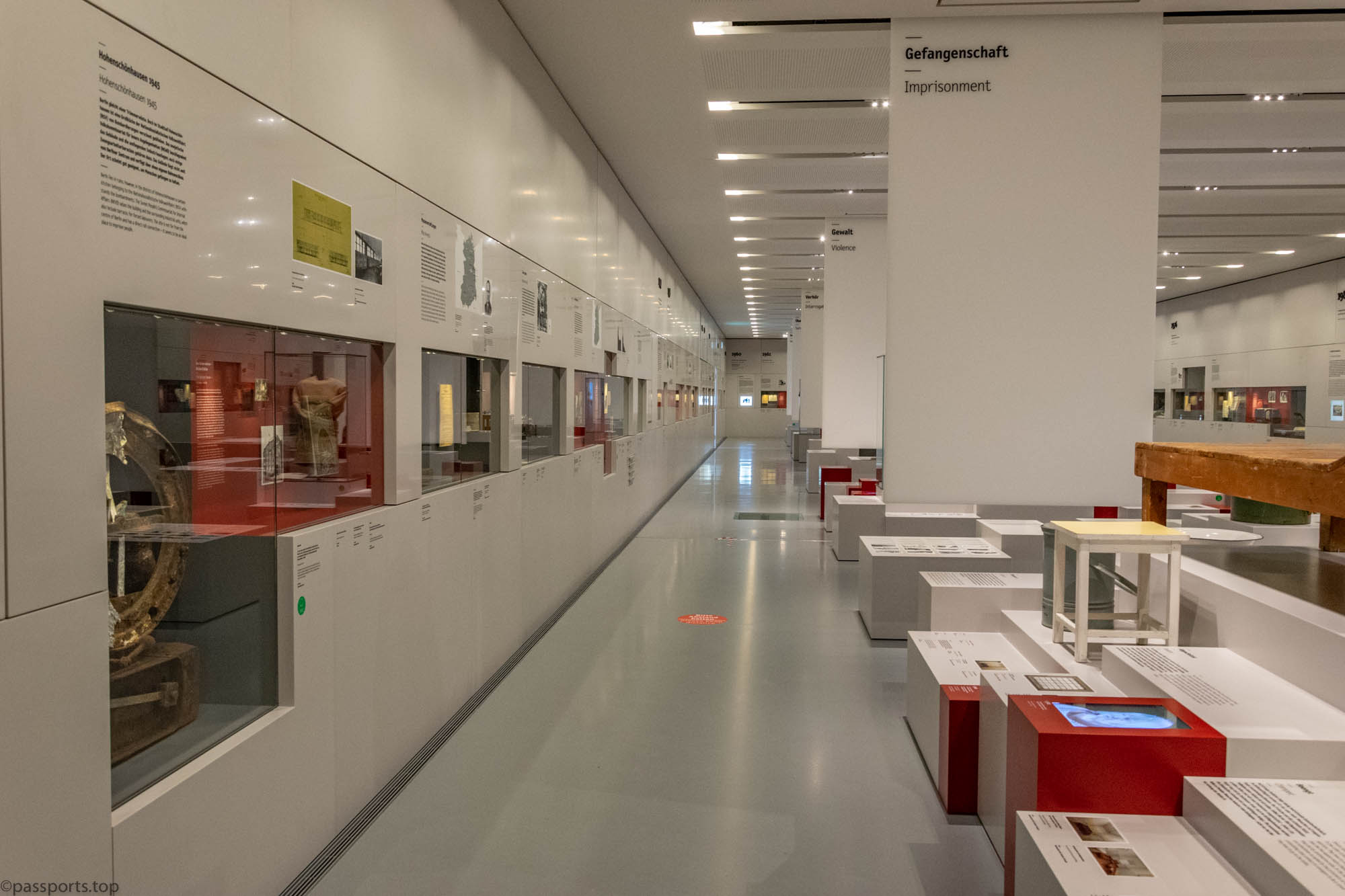
23. Hohenschönhausen Memorial is a former Stasi prison that shows the dark side of GDR history. Areas of the building have been preserved and provide an authentic impression of prison conditions between 1946 and 1990, alongside photographs, letters, prisoners’ clothes or other artefacts. Annually, the memorial attracts more than 400,000 visitors, the entrance being free.

24. Gendarmenmarkt is the most beautiful public square in Berlin. The ensemble of buildings consisting of the Concert Hall and two church buildings embellished with towers are in perfect harmony. In summer, orchestras play the most beautiful classical songs at Classic Open Air, and in winter Gendarmenmarkt turns into the wonderful Christmas market.
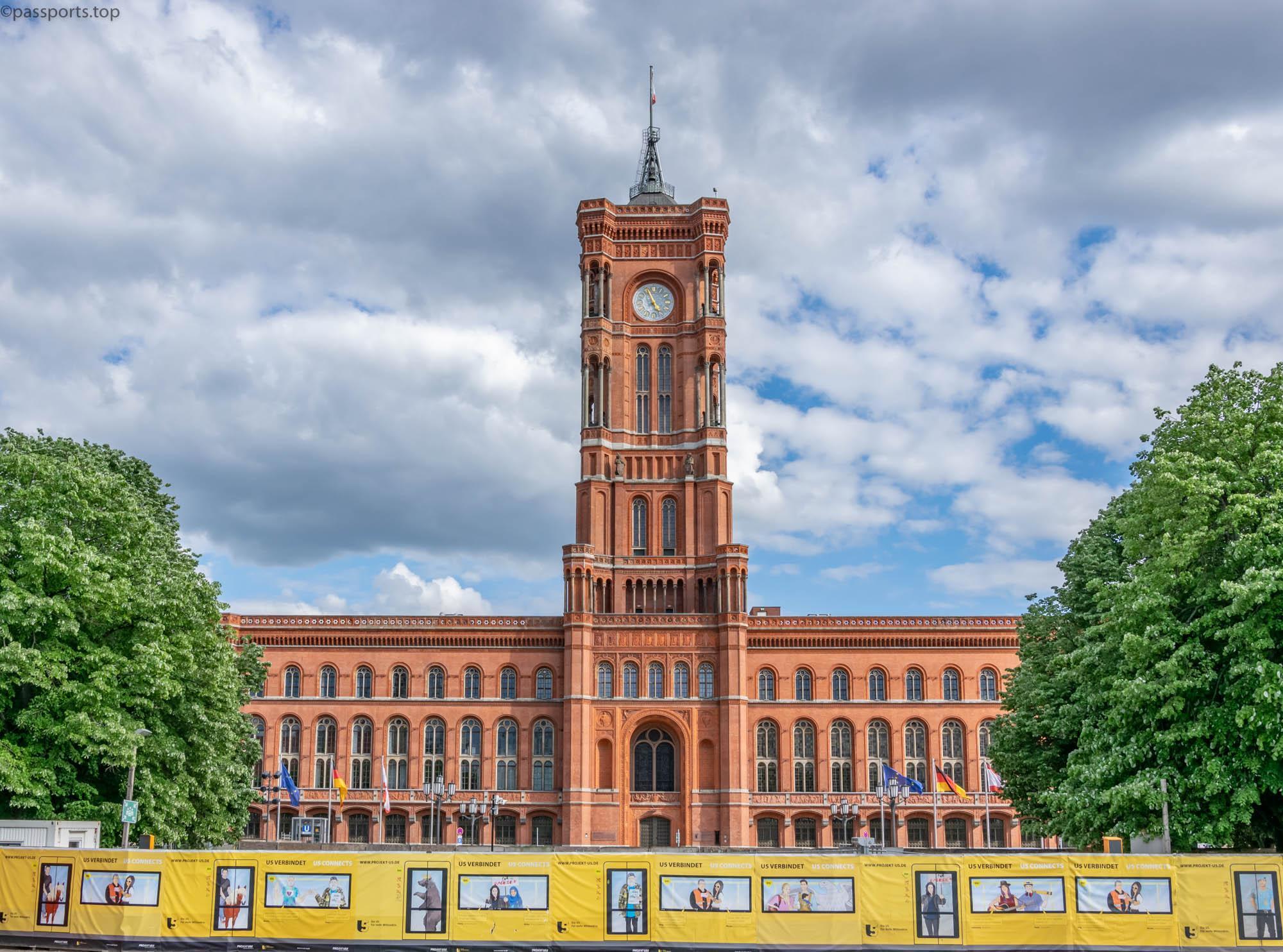
25. Berlin’s Town Hall, known as the Rotes Rathaus (Red Town Hall), is another attraction of the city, the name coming from the red bricks it was built from. The neo-Renaissance building was erected between 1861 and 1869 and is topped by a 74-meter high tower. Today it houses both the town hall offices and the seat of the city government.
From Berlin we continued our journey to Potsdam.
(Berlin – May 2020)

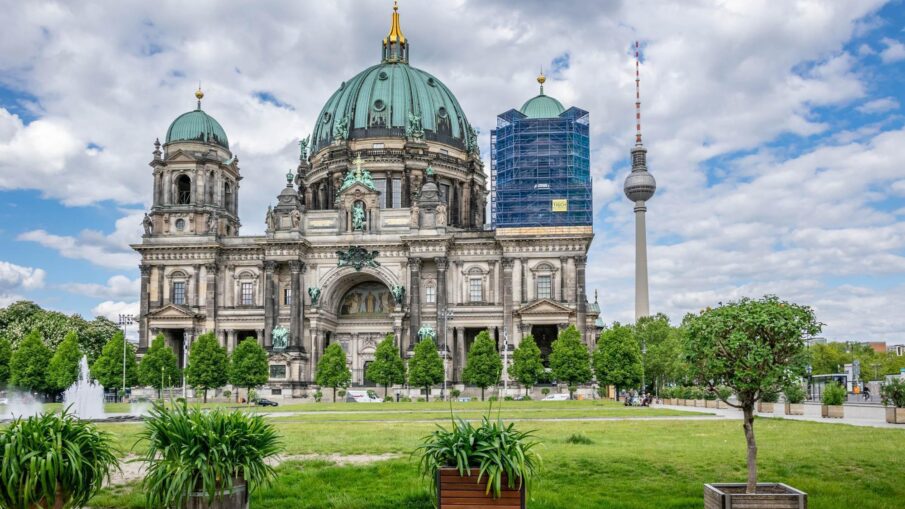
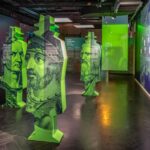
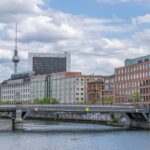
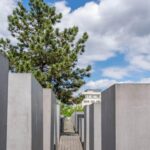
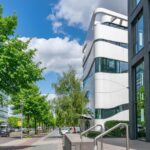
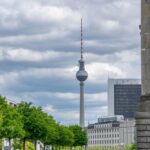
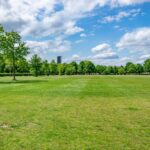
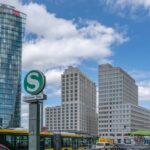
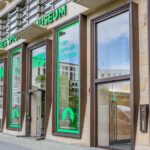

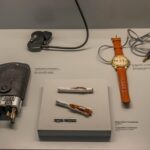
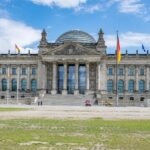
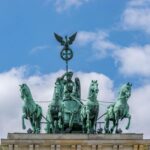

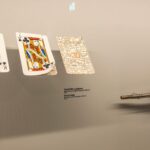
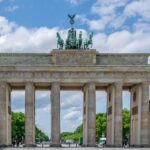
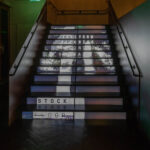
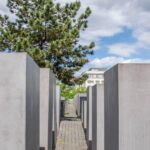
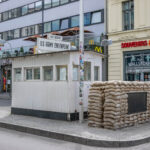
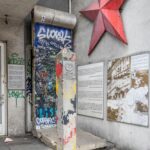
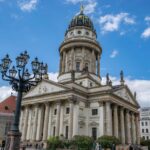
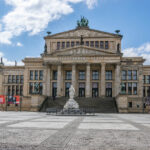
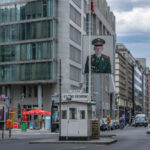
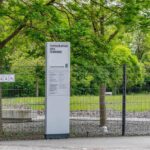
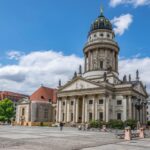
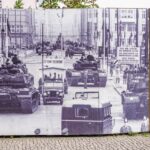
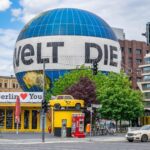
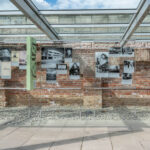
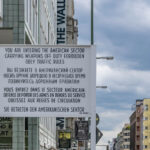
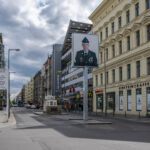
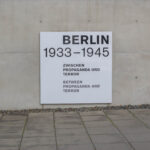
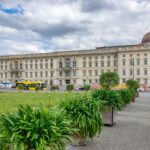
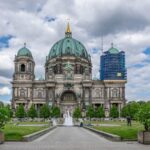
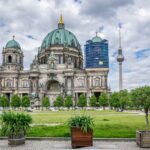
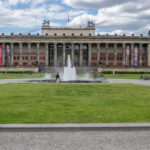
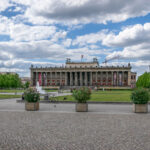
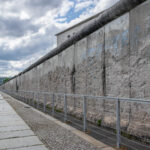
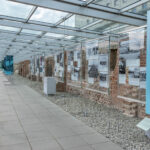
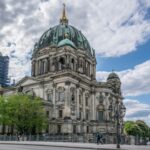
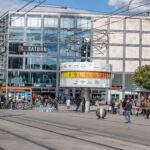
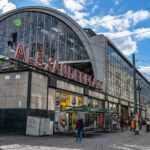
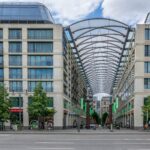
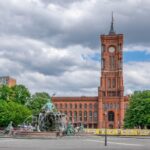
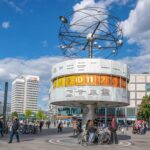
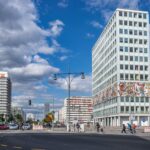
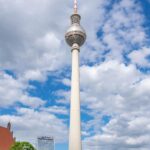
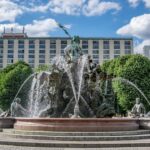
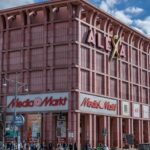
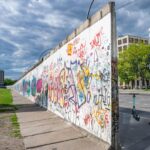
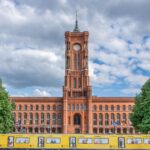
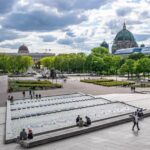

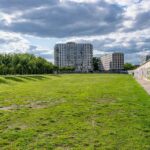
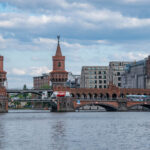
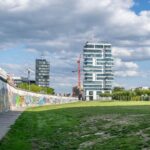
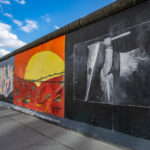
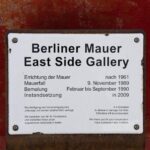
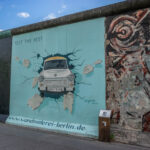
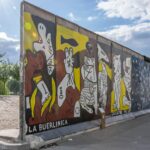
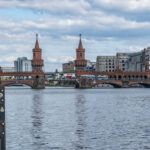
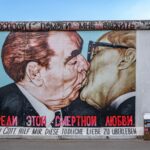
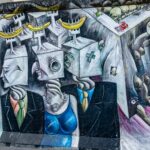
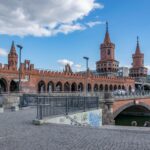
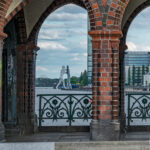
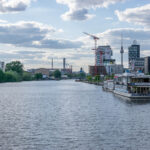
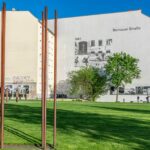
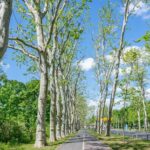
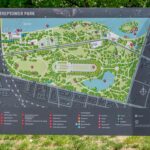
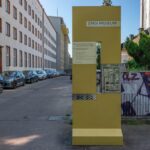
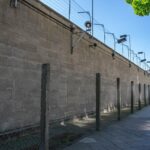
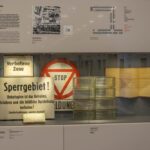
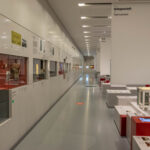
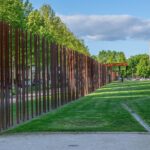
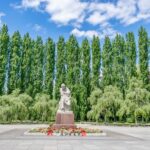
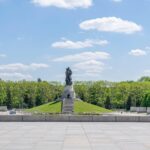
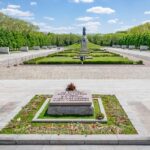
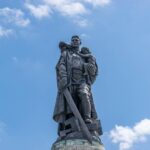
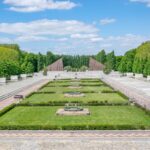
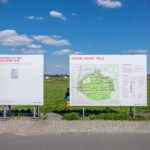
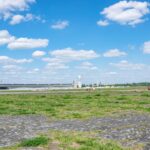
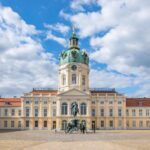
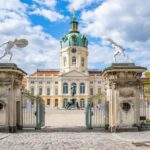
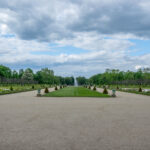

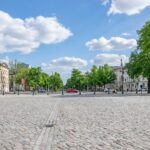
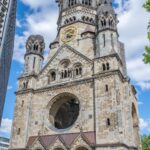
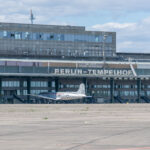
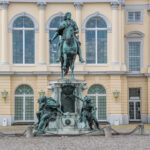
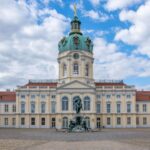
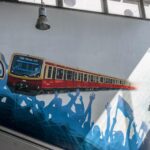
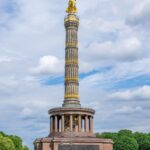
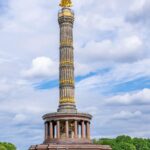
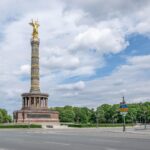
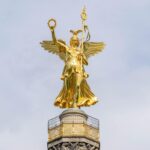
Leave a Reply